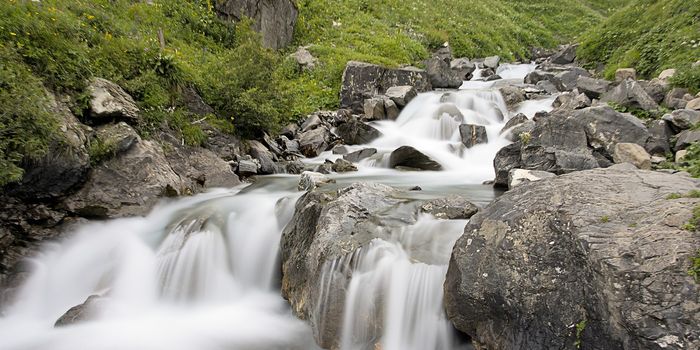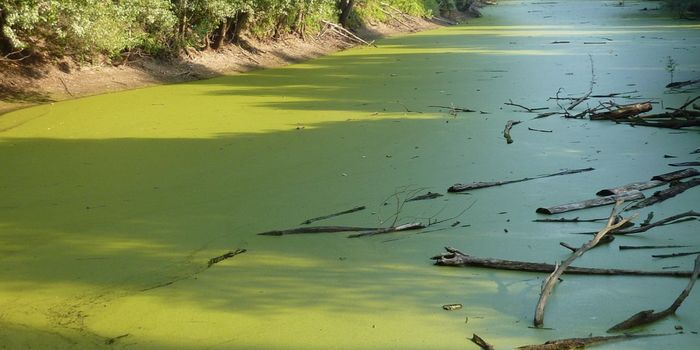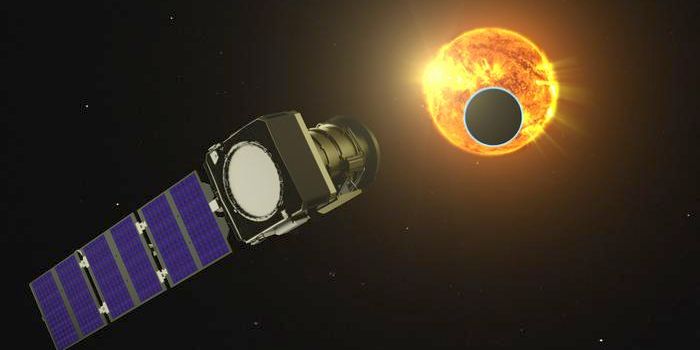Indigneous lands represent more than just conservation opportunities
We’ve heard it before: the lands occupied and stewarded by Indigenous peoples are crucial biodiversity hotspots. Now research from the University of Queensland proves yet again how critical indigenous lands are for conversation. The findings are published in the journal Conservation Biology.
"These lands cover more than one-quarter of the Earth, of which a significant proportion is still free from industrial-level human impacts," comments Dr. Chris O'Bryan from UQ. "As a result, Indigenous peoples and their lands are crucial for the long-term persistence of the planet's biodiversity and ecosystem services. Despite this, we know relatively little about what animals, including highly imperiled species, may reside in or depend on these lands."
In conducting the study, the team performed a comprehensive analysis of land mammal composition in indigenous lands, using data from the International Union for Conservation of Nature (IUCN) to approximate the overlap of 4,460 different species.
"We picked mammals as a bellwether indicator of biodiversity protection," explains Dr. O'Bryan. "This is because there's more data about the suitable habitat of mammals and there is evidence to suggest that patterns observed in mammals may reflect other forms of biodiversity. In other words, if mammals are absent, other animals are likely to be absent as well. We're hoping this study provides future opportunities for applying our methodology to other animal groups.”
“We discovered that 2,175 mammal species -- about half of the total species tracked -- have at least 10 percent of their ranges in Indigenous peoples' lands. And 646 species -- or 14 percent -- have more than half of their ranges within these lands. Amazingly, for threatened species in particular, 413 -- or about 41 percent of threatened species tracked -- occur in Indigenous peoples' lands.”
The team cites the endangered red panda (Ailurus fulgens) and the Southeast Asian tiger (Panthera tigris), as well as the critically endangered northern hairy-nosed wombat (Lasiorhinus krefftii) as examples of species that rely almost entirely on indigenous lands for their habitat.
The animals on indigenous lands are not the only species that are threatened, nor the only ones that take refuge in these landscapes. Indigenous peoples themselves, most of who consider themselves part of the natural landscape, are often endangered. It is this interconnection that makes conservation not a question of natural stewardship, but one of survival for many people. The researchers comment that it is imperative to listen to the Indigenous voices that speak with the knowledge of many generations on matters of connection to the land.
"These areas are critical for the successful implementation of international conservation and sustainable development agendas," concluded Dr. O’Bryan. “Representatives of Indigenous peoples are engaging in global environmental forums and national and local collaboration frameworks, which are critical for equitable and effective cross-cultural conservation activities to be negotiated. Greater recognition and support for Indigenous people's rights to, and relationships with, their lands needs to continue, and this pressing imperative needs to balance Indigenous self-determination and biodiversity conservation. Only through rights-based, equitable and respectful partnerships with Indigenous peoples, will it be possible to ensure the long-term and equitable conservation of biodiversity."’
Sources: Conservation Biology, Science Daily








